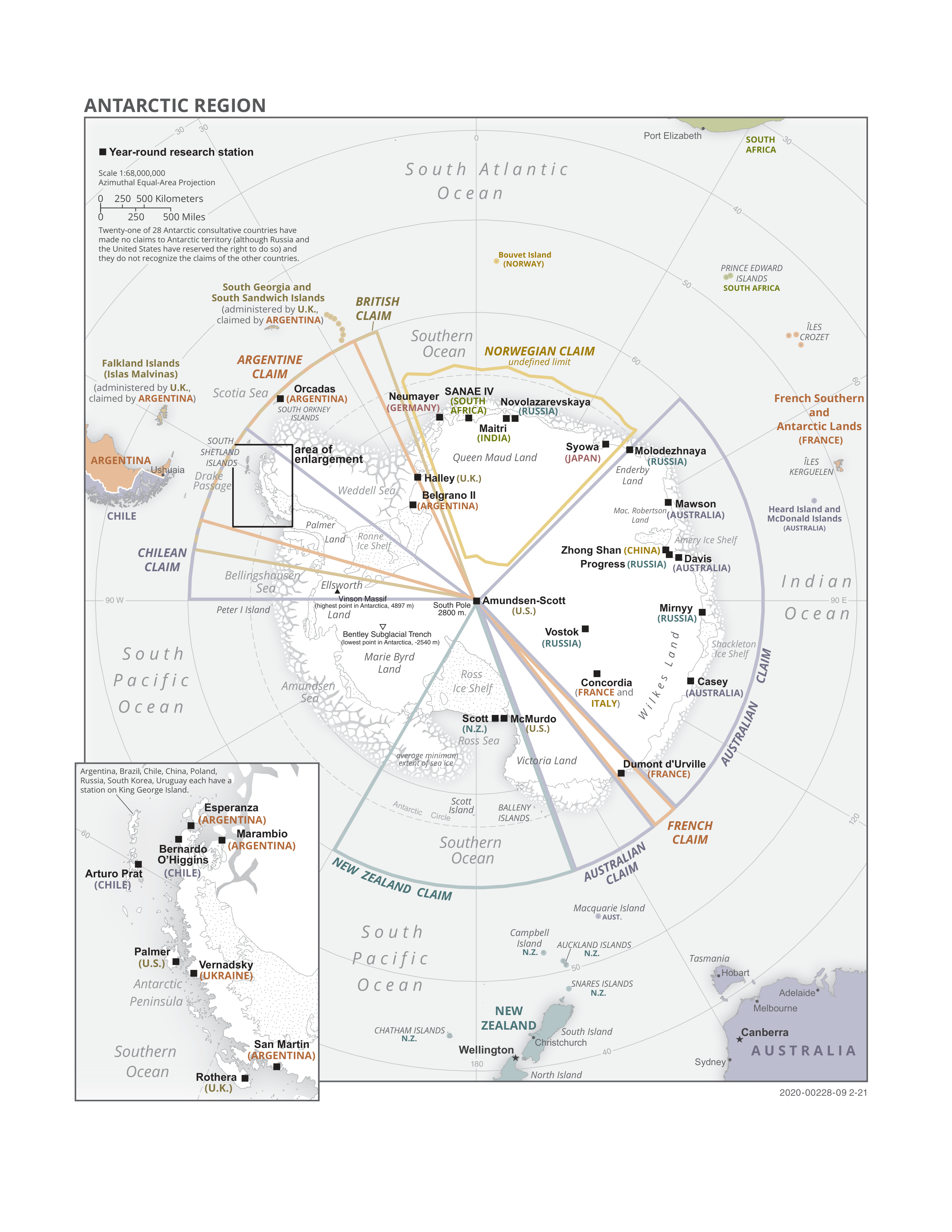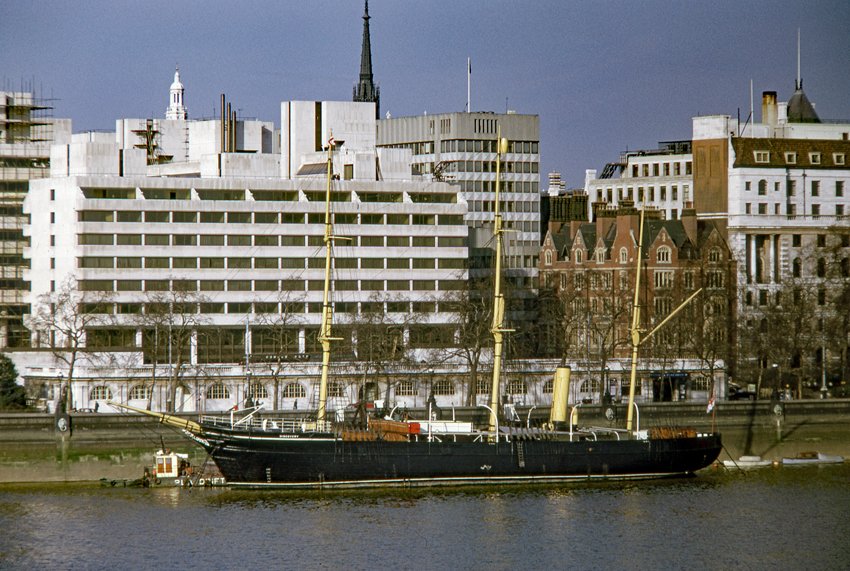|
Child Rocks
The Child Rocks are a group of rocks at the west end of the Robinson Group off the coast of Mac. Robertson Land, west of Andersen Island. They were mapped by Norwegian cartographers from air photos taken by the Lars Christensen Expedition, 1936–1937, and named "Vestskjera" (the west skerries). They were renamed by the Antarctic Names Committee of Australia for J.B. Child, Third Officer of the RSS ''Discovery'' during the British Australian New Zealand Antarctic Research Expedition The British Australian (and) New Zealand Antarctic Research Expedition (BANZARE) was a research expedition into Antarctica between 1929 and 1931, involving two voyages over consecutive Austral summers. It was a British Commonwealth initiative, d ..., 1929–1931. References * Rock formations of Mac. Robertson Land {{MacRobertsonLand-geo-stub ... [...More Info...] [...Related Items...] OR: [Wikipedia] [Google] [Baidu] |
Antarctica
Antarctica () is Earth's southernmost and least-populated continent. Situated almost entirely south of the Antarctic Circle and surrounded by the Southern Ocean (also known as the Antarctic Ocean), it contains the geographic South Pole. Antarctica is the fifth-largest continent, being about 40% larger than Europe, and has an area of . Most of Antarctica is covered by the Antarctic ice sheet, with an average thickness of . Antarctica is, on average, the coldest, driest, and windiest of the continents, and it has the highest average elevation. It is mainly a polar desert, with annual Climate of Antarctica#Precipitation, precipitation of over along the coast and far less inland. About 70% of the world's freshwater reserves are frozen in Antarctica, which, if melted, would raise global sea levels by almost . Antarctica holds the record for the Lowest temperature recorded on Earth, lowest measured temperature on Earth, . The coastal regions can reach temperatures over in the ... [...More Info...] [...Related Items...] OR: [Wikipedia] [Google] [Baidu] |
Antarctic Treaty System
The Antarctic Treaty and related agreements, collectively known as the Antarctic Treaty System (ATS), regulate international relations with respect to Antarctica, Earth's only continent without a native human population. It was the first arms control agreement established during the Cold War, designating the continent as a scientific preserve, establishing freedom of scientific investigation, and banning Military activity in the Antarctic, military activity; for the purposes of the treaty system, Antarctica is defined as all the land and ice shelf, ice shelves south of 60th parallel south, 60°S latitude. Since September 2004, the Antarctic Treaty Secretariat, which implements the treaty system, is headquartered in Buenos Aires, Argentina. The main treaty was opened for signature on 1 December 1959, and officially coming into force, entered into force on 23 June 1961. The original signatories were the 12 countries active in Antarctica during the International Geophysical Year ... [...More Info...] [...Related Items...] OR: [Wikipedia] [Google] [Baidu] |
Robinson Group
Robinson Group () is a group of small islands extending in an east–west direction, lying close northwest of Cape Daly. The group was observed by British Australian New Zealand Antarctic Research Expedition (BANZARE) under Mawson, 1931, who named it after W.S. Robinson of Melbourne, a patron of the expedition. Essentially the same islands were observed in 1931 by the crew of the Norwegian whale catcher ''Thorgaut'', who gave them the name "Thorgautoyane". In concurrence with the recommendations by Antarctic Names Committee of Australia (ANCA), the name "Robinson" has been assigned to the whole group and the name "Thorgaut" to the most conspicuous island. Robinson Group is made up of (running west-to-east) Child Rocks, Andersen Island, Thorgaut Island, Kirton Island, Macklin Island, and Auster Islands The Auster Islands are a group of small islands at the northeast end of the Robinson Group, located north of Cape Daly, Mac. Robertson Land. They were mapped from Australian ... [...More Info...] [...Related Items...] OR: [Wikipedia] [Google] [Baidu] |
Andersen Island
Andersen Island is an island west of Thorgaut Island, and east of Child Rocks, in the Robinson Group, Antarctica. It was mapped by the British Australian New Zealand Antarctic Research Expedition under Douglas Mawson in February 1931. The island was also charted from the whaler ''Thorgaut'' about the same time. It was named after Captain Lars Andersen of the whaler ''Falk'' who had assisted the ''Discovery'' with coal. Important Bird Area A 111 ha site encompassing breeding colonies of some 13,000 pairs of Adélie penguins on Andersen Island and an unnamed island 1 km to the south-west has been identified as an Important Bird Area by BirdLife International. See also * List of Antarctic and sub-Antarctic islands This is a list of Antarctic and sub-Antarctic islands. * Antarctic islands are, in the strict sense, the islands around mainland Antarctica, situated on the Antarctic Plate, and south of the Antarctic Convergence. According to the terms of the ... ... [...More Info...] [...Related Items...] OR: [Wikipedia] [Google] [Baidu] |
Lars Christensen Expedition
Lars is a common male name in Scandinavian countries. Origin ''Lars'' means "from the city of Laurentum". Lars is derived from the Latin name Laurentius, which means "from Laurentum" or "crowned with laurel", and is therefore related to the name Laurence and Lauren. A homonymous Etruscan name was borne by several Etruscan kings, and later used as a last name by the Roman Lartia family. The etymology of the Etruscan name is unknown. Notable people *, bishop of Linköping (1236–1258) *, bishop of Linköping (1292–1307) *Lars (archbishop of Uppsala) (1255–1267) *Lars Kristian Abrahamsen (1855–1921), Norwegian politician * Lars Ahlfors (1907–1996), Finnish Fields Medal recipient * Lars Amble (1939–2015), Swedish actor and director *Lars Herminius Aquilinus, ancient Roman consul *Lars Bak (born 1980), Danish road bicycle racer *Lars Bak (computer programmer) (born 1965), Danish computer programmer *Lars Beckman (born 1967), Swedish politician *Lars Bender (born 1989), G ... [...More Info...] [...Related Items...] OR: [Wikipedia] [Google] [Baidu] |
Antarctic Names Committee Of Australia
The Australian Antarctic Names and Medals Committee (AANMC) was established to advise the Government on names for features in the Australian Antarctic Territory and the subantarctic territory of Heard Island and the McDonald Islands. The committee also issues nominations Governor General for the award of the Australian Antarctic Medal. Committee members were appointed by the Minister or Parliamentary Secretary responsible for Antarctic matters. The committee was founded in 1952 as the Antarctic Names Committee of Australia, and changed to the current name in 1982 to reflect the multiple functions that the committee is responsible for. The committee was replaced by the Australian Antarctic Division Place names Committee in 2015. Features named by the committee * Burch Peaks, named after W.M. Burch, geophysicist * Fyfe Hills, named after W.V. Fyfe, Surveyor General of Western Australia * Goldsworthy Ridge, named after R.W. Goldsworthy, survey field assistant * Gowlett Peak ... [...More Info...] [...Related Items...] OR: [Wikipedia] [Google] [Baidu] |
Third Mate
A third mate (3/M) or third officer is a licensed member of the deck department of a merchant ship. The third mate is a watchstander and customarily the ship's safety officer and fourth-in-command (fifth on some ocean liners). The position is junior to a second mate. Other duties vary depending on the type of ship, its crewing, and other factors. Duties related to the role of safety officer focus on responsibility for items such as firefighting equipment, lifeboats, and various other emergency systems. Watchstanding International Maritime Organization (IMO) regulations require the officer be fluent in the English language. This is required for a number of reasons. Examples include the ability to read charts and nautical publications, understand weather and safety messages, communicate with other ships and coast stations, and to successfully interact with a multi-lingual crew. General watchstanding Emergencies Emergencies can happen at any time. The officer must be rea ... [...More Info...] [...Related Items...] OR: [Wikipedia] [Google] [Baidu] |
RSS Discovery
RRS ''Discovery'' is a barque-rigged auxiliary steamship built in Dundee, Scotland for Antarctic research. Launched in 1901, she was the last traditional wooden three-masted ship to be built in the United Kingdom. Her first mission was the British National Antarctic Expedition, carrying Robert Falcon Scott and Ernest Shackleton on their first, and highly successful, journey to the Antarctic, known as the ''Discovery'' Expedition. After service as a merchant ship before and during the First World War, ''Discovery'' was taken into the service of the British government in 1923 to carry out scientific research in the Southern Ocean, becoming the first Royal Research Ship. The ship undertook a two-year expedition – the Discovery Investigations – recording valuable information on the oceans, marine life and being the first scientific investigation into whale populations. From 1929 to 1931 ''Discovery'' served as the base for the British Australian and New Zealand Antarctic Res ... [...More Info...] [...Related Items...] OR: [Wikipedia] [Google] [Baidu] |
British Australian New Zealand Antarctic Research Expedition
The British Australian (and) New Zealand Antarctic Research Expedition (BANZARE) was a research expedition into Antarctica between 1929 and 1931, involving two voyages over consecutive Austral summers. It was a British Commonwealth initiative, driven more by geopolitics than science, and funded by the United Kingdom, Australia and New Zealand. The leader of the BANZARE was Sir Douglas Mawson and there were several subcommanders (Captain Kenneth N. MacKenzie, K.N. MacKenzie, who replaced Captain John King Davis for the second summer) on board the RRS Discovery, RRS ''Discovery'', the ship previously used by Robert Falcon Scott. The BANZARE, which also made several short flights in a small plane, mapped the coastline of Antarctica and discovered Mac. Robertson Land and Princess Elizabeth Land (which later was Territorial claims in Antarctica, claimed as part of the Australian Antarctic Territory). The voyages primarily comprised an "acquisitive exploratory expedition", with Mawson ... [...More Info...] [...Related Items...] OR: [Wikipedia] [Google] [Baidu] |



